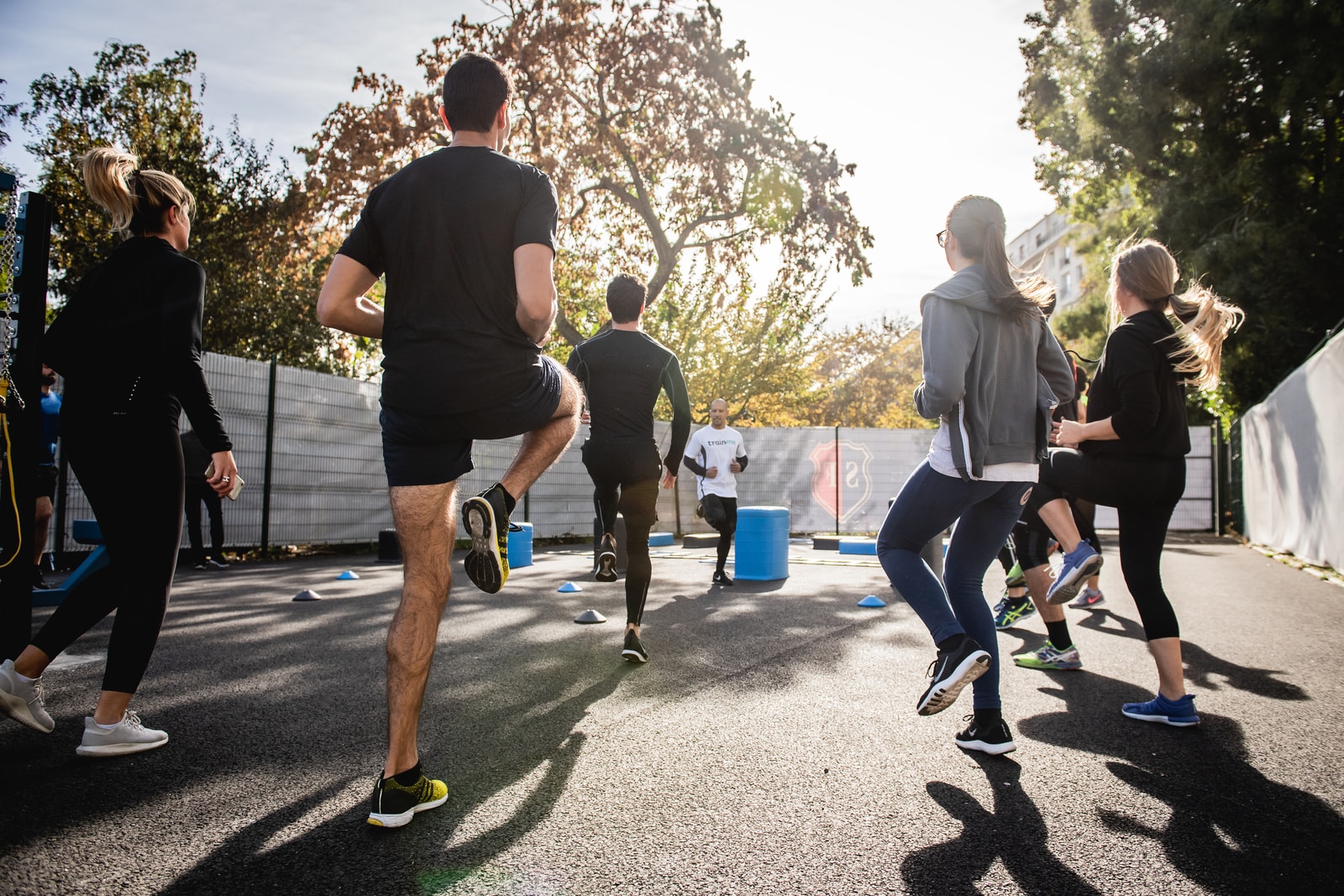No matter how many times they’ve raced before, athletes warm up their muscles prior to heading to the starting block. They don’t take their warm-up lightly. In fact, it’s the cornerstone of their race; helping to ensure they deliver peak performance when it counts and avoids unnecessary injury.
Similarly, anytime groups of people come together to meet, a warm up in the form of an icebreaker can increase their focus and efficacy. Importantly, they can create and support tiny but vital fibres of human interaction within the context of the workplace. They build neutral spaces for social calibration in which colleagues may emit and receive subtle signals of inclusion and trust thereby nurturing an atmosphere of psychological safety.
Why use icebreakers?
You’ve probably got a massive backlog that keeps getting bigger, a calendar full of back-to-back meetings and it’s your turn to cook dinner.
Well, the value that an icebreaker can bring to the team is hard to ignore –
- A lot has been written about the safety of the environment icebreakers help foster; they nurture spaces in which people are happy to share and are therefore better positioned to collaborate.
- In fact, research points to the common ground established by icebreakers improving the efficiency of distributed teams.
and let’s not forget they’re fun and –
- A fun workplace seems to be the gift that keeps on giving (to all involved) as they support team cohesion and learning. Let’s face it – a fun place is one where people want to be!
So, if you’re looking for a simple tool that nurtures a positive, safe, productive work environment – using icebreakers is the way to go.

So, what makes an effective Icebreaker?
An icebreaker is a simple activity, undertaking, or game that helps people foster connections and build rapport.
Importantly, they can create and support tiny but vital fibers of human interaction within the context of the workplace. They build neutral spaces for social calibration in which colleagues may emit and receive subtle signals of inclusion and trust thereby nurturing an atmosphere of psychological safety.
Effective icebreakers adhere to the 3E Rule, they are:
Easy
Keep them so simple that people could respond almost instantly. Keep the playing field level. It’s not a demonstration of knowledge nor expertise. All answers are correct. There are no scoreboards – everyone wins!
Enjoyable
This is a chance to bask in positivity, play, and have fun! The key ingredient is inclusivity. Yep – it’s recess time on that playing field and everyone is welcomed!
Explainable
Almost every word that is shared during an icebreaker can help to build a connection. So, giving people a chance to explain is giving people a chance to connect. The great thing is – it doesn’t stop there! Allowing people this time to tell their story gives your team safe points to connect beyond the icebreaker and continue to foster a sense of team.
Tip from TeamRetro
- Go first! Model the behaviour you’re keen to see.
- Show how easy the icebreaker is. Have fun. Explain what you mean.
- Let your words build connections with your team then allow their words to do the same.
- Always let people know in advance when you plan to use an icebreaker.
- Surprises (no matter how well intended) aren’t always everyone’s cup of tea.
To help get you started, we created a free icebreaker tool that you can use to run you next agile retrospective meeting or health check.
